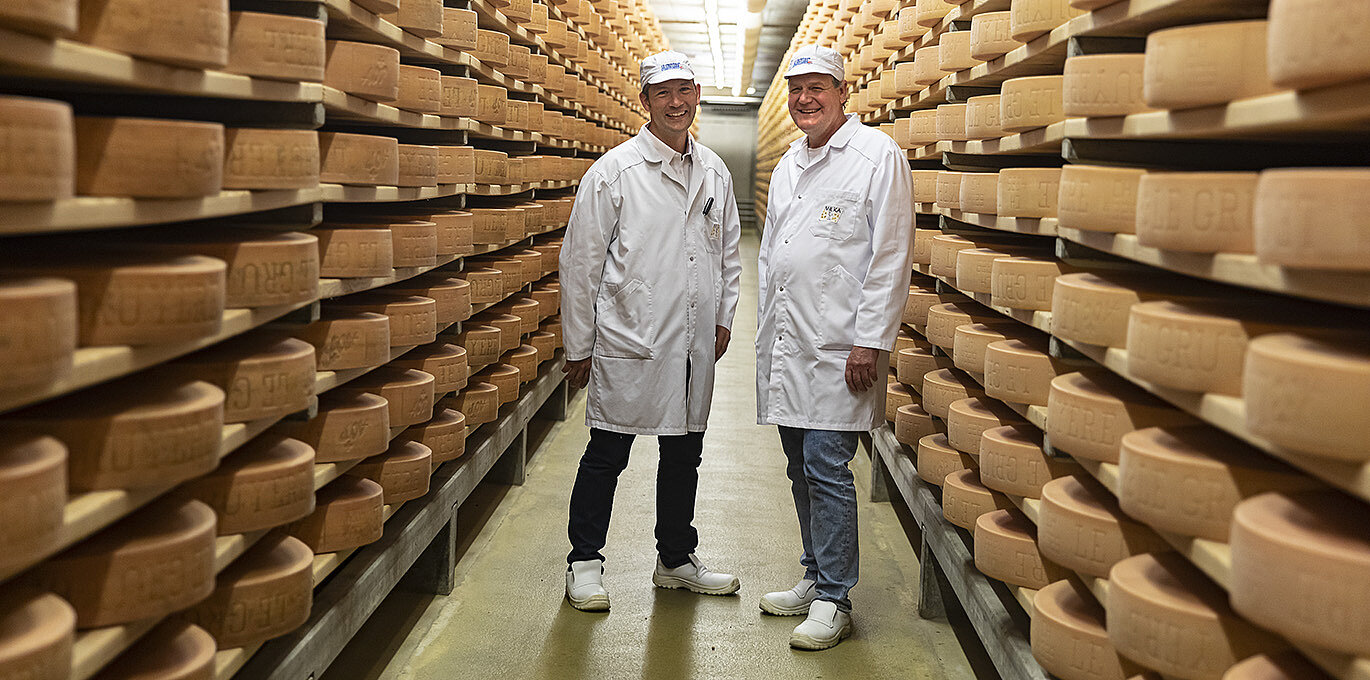Behind the Scenes with Cheese Makers Melbourne: Including Floridia Cheese
Behind the Scenes with Cheese Makers Melbourne: Including Floridia Cheese
Blog Article
Unlocking the Tricks of Artisanal Cheese Making: A Detailed DIY Guide
In the realm of culinary craftsmanship, artisanal cheese making stands as a testimony to the fragile equilibrium in between practice and technology. As we get started on this journey to demystify the art of creating splendid cheeses, we are faced with a tapestry of keys and abilities waiting to be unraveled.
Selecting the Right Milk
When getting started on the journey of artisanal cheese making, the choice of milk plays an important role in establishing the quality and characteristics of the last product. The kind of milk chosen influences the flavor, appearance, and in general account of the cheese.
Additionally, the source of the milk, whether from cows, goats, sheep, or buffalo, adds distinctive tastes and characteristics to the cheese. Each type of milk brings its very own subtleties, permitting for a wide range of cheese ranges to be crafted based on the selected milk.
Culturing and Coagulating
To launch the cheese-making procedure, the important actions of culturing and coagulating need to be meticulously executed to transform milk into curds and whey. Culturing involves presenting beneficial bacteria to the milk, which after that starts the fermentation procedure. These microorganisms transform lactose (milk sugar) right into lactic acid, producing the acidic atmosphere needed for coagulation. The sort of society utilized can substantially affect the flavor, structure, and ripening of the final cheese product.

The timing and temperature control throughout culturing and coagulation are important aspects that influence the last result of celebrity. Appropriate implementation of these steps is vital to make certain the preferred texture, flavor, and consistency of the artisanal cheese being produced.
Draining and Pushing Curds
After the milk healthy proteins have actually coagulated and the curds have been cut to release whey, the following vital step in artisanal cheese making entails draining pipes and pressing the curds to attain the desired texture and uniformity of the final cheese item. Draining is the process of dividing the curds from the whey. This can be done by transferring the curds into a cheesecloth-lined colander or mold and enabling the whey to drain pipes off naturally. The a knockout post moment for draining pipes can vary depending upon the sort of cheese being made and the preferred wetness content.
Pushing aids expel any remaining whey and compacts the curds to form a strong cheese wheel. Correct pushing and draining pipes are critical actions that dramatically influence the top quality and features of the artisanal cheese being generated.
Aging and Flavor Methods
Carrying out careful aging and flavor methods is critical in boosting the deepness and intricacy of artisanal cheeses, raising their preference profiles to exquisite levels of refinement and class. Aging plays an essential function in developing the distinct flavors and textures that distinguish artisanal cheeses. During the aging procedure, cheeses are kept in meticulously controlled settings where aspects such as humidity, air flow, and temperature are controlled to encourage the development of useful molds and germs. This regulated environment enables celebrity to develop gradually, developing abundant tastes and complex fragrances.
Seasoning strategies also contribute dramatically to the last taste of artisanal cheeses. Cheesemakers may select to present additional flavors by integrating active ingredients such as natural herbs, spices, and even fruits right into celebrity throughout the production process. Furthermore, some cheeses are cleaned or massaged with various liquids, such as brine or alcohol, to boost click here now their appearances and tastes.
Wrapping and Keeping Cheeses

Final Thought
In verdict, understanding the art of artisanal cheese making involves thoroughly choosing the ideal milk, adhering to exact culturing and coagulating procedures, draining pipes and pushing curds properly, and making use of various aging and flavoring techniques. Remember to wrap and store your cheeses properly to guarantee ideal flavor and texture development.
Each type of milk brings its own subtleties, permitting for a vast array of cheese selections to be crafted based on the picked milk.After the milk healthy proteins have actually coagulated and the curds have been cut to release whey, the next important step in artisanal cheese making involves draining and pushing the curds to attain the wanted structure and consistency of the final cheese product. The majority of cheeses should be covered in wax paper or cheese paper to permit them to take a breath while securing them from drying out. For cheeses that need to continue aging, such as bloomy rinds or cleaned peels, guarantee they are saved in an awesome atmosphere like a cheese cavern or a fridge established to the appropriate temperature level. By paying focus to the wrapping and storage of artisanal cheeses, cheese manufacturers and fanatics can maintain the honesty of these specials and completely enjoy their complicated tastes.
Report this page